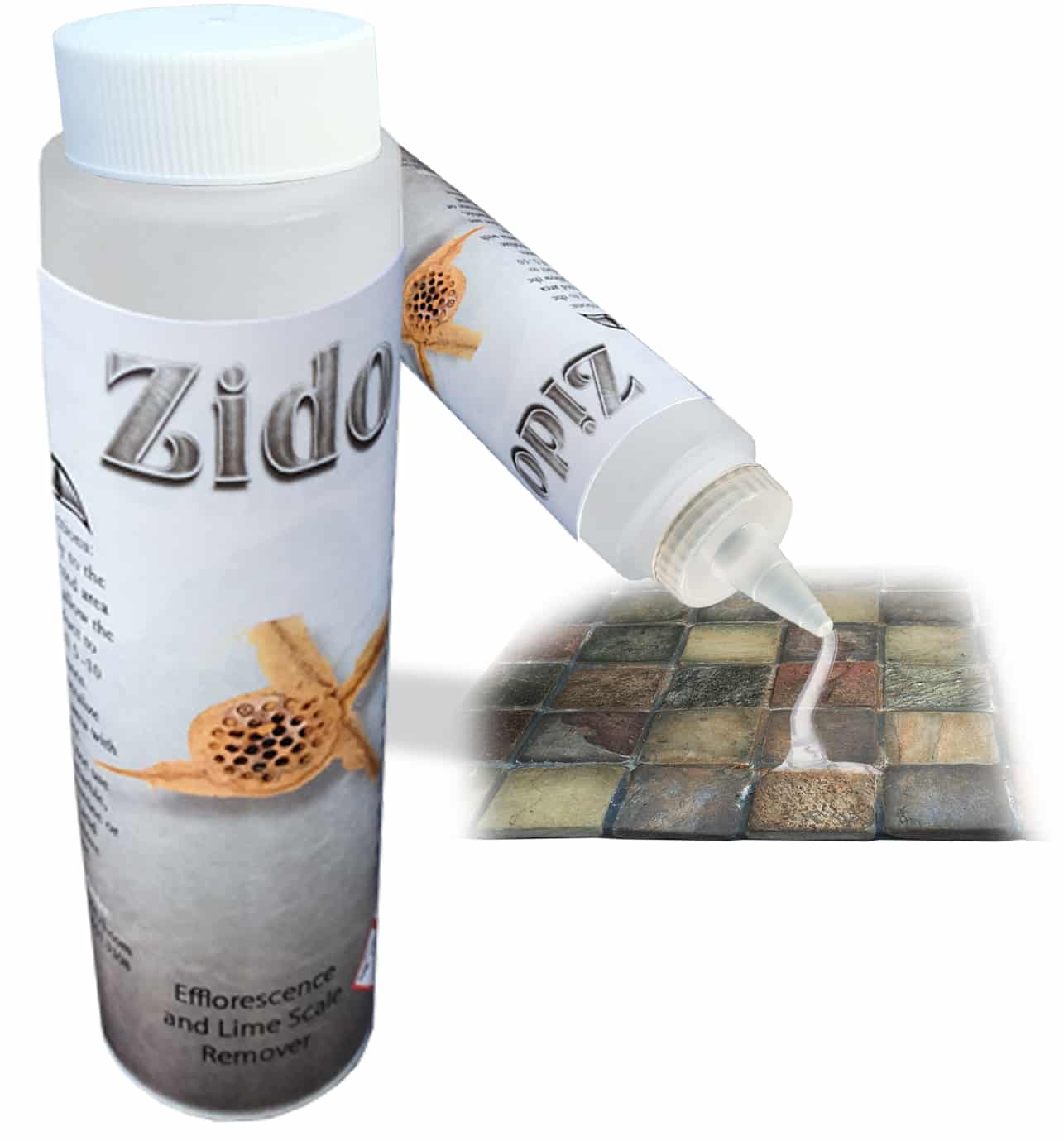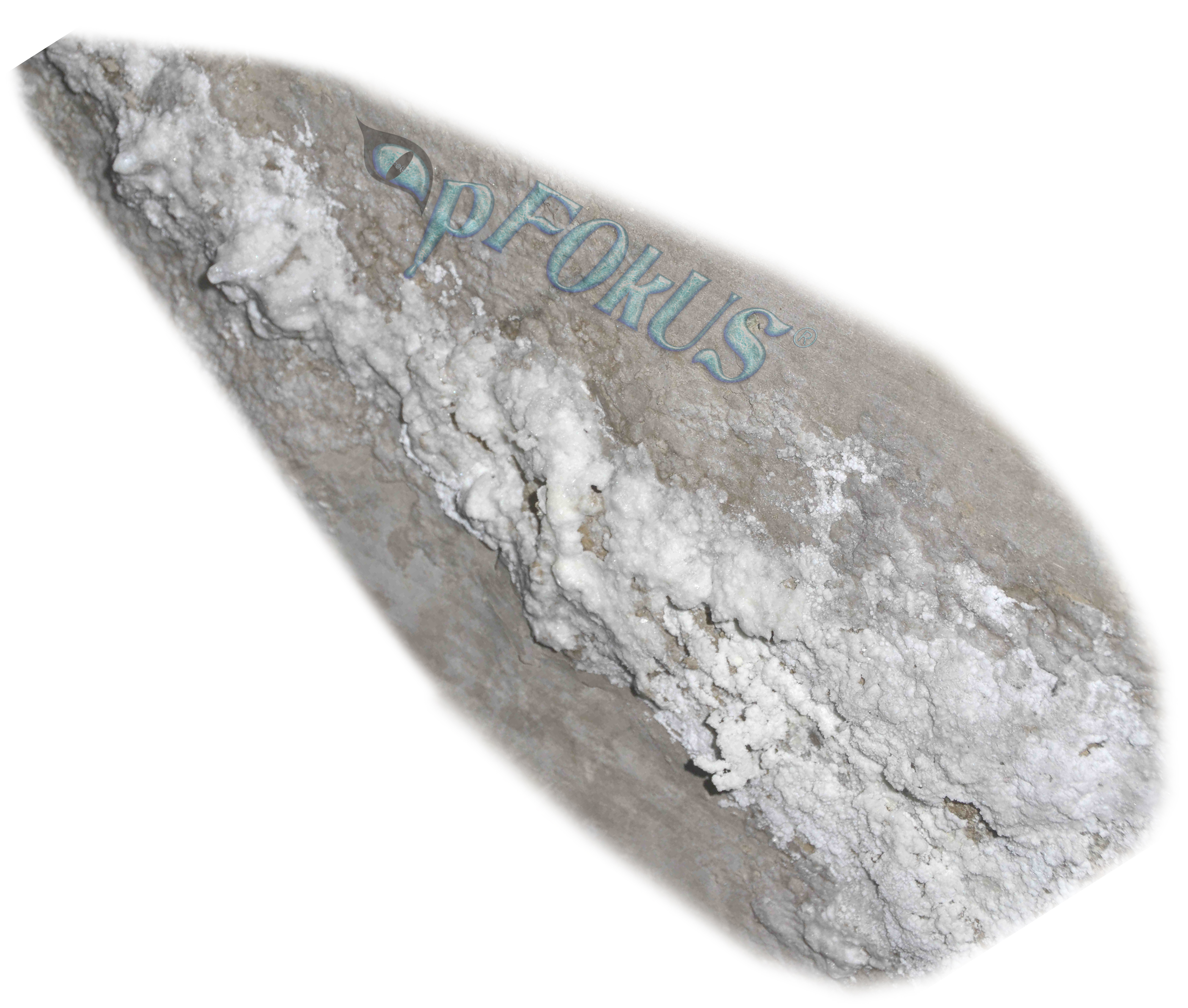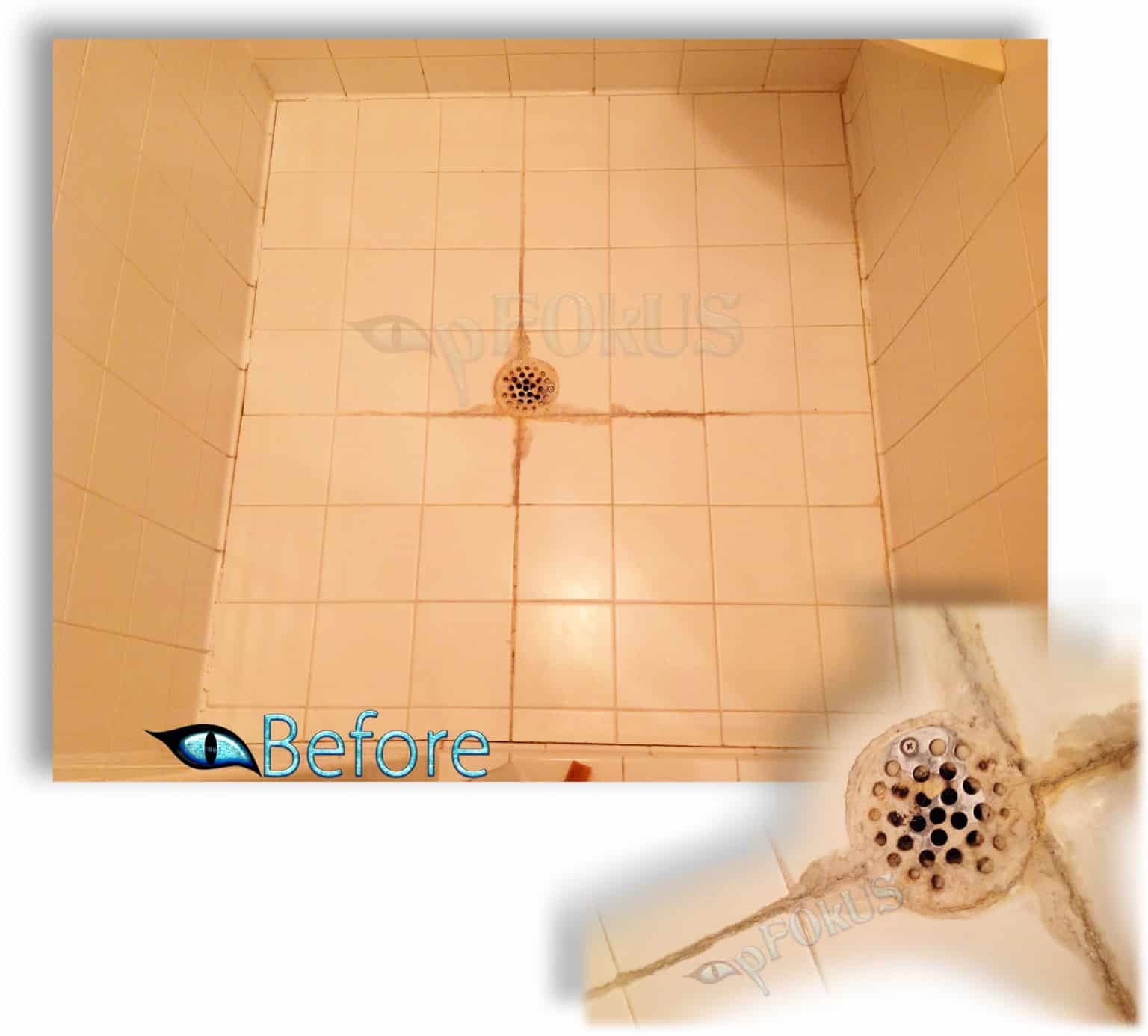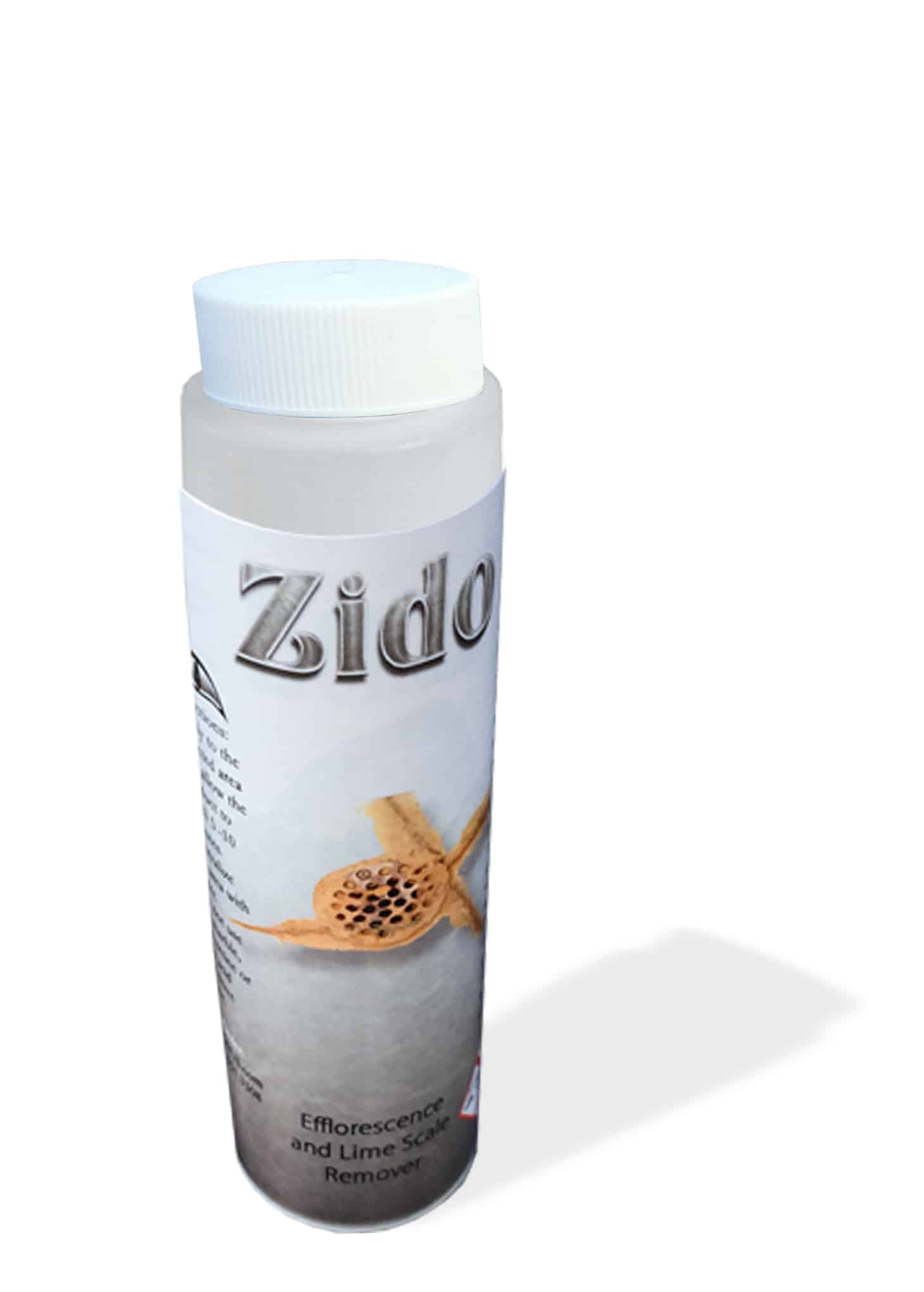Tips and Tricks to Make your Shower Glass Shining Clean
Shower glass is the embodiment of beauty in a bathroom as it distinguishes the shower area from the rest...
Efflorescence on tile and grout is a curse on the decorative look of your showers. But not only does it ruin the aesthetic beauty, if not removed, it can clog your drains and crack your tile. Many people try to remove efflorescence with sharp tools, leading to scratches on the surface. Here we will discuss how to remove efflorescence in the proper way.

But before we explain the right way of efflorescence removal, we will first know in-depth about this build-up.
Efflorescence is a residue of mineral and calcium deposits that settle on the surface once the water evaporates. This water originates from leftover moisture or water underneath the tile at the time of installation. The water mixes with the minerals in the concrete mud bed, grows in volume and travels to the outside through a drain or any other seepage. If not removed at the right time, it can crack your tile and grout and also clog your shower drains.

Efflorescence mainly forms when there are calcium and mineral deposits present in the concrete mix used for installing the tile. Moreover, if water is penetrating underneath the tile, it mixes with the minerals present there and forms a solution called efflorescence. This solution travels to the top of the surface where the water evaporates. The deposits then settle on the tile and grout surface. Thus, efflorescence only forms on surfaces that have been constructed or installed using porous materials. These porous surfaces allow the penetration of water to and fro.
Many people mistake efflorescence to be mold. But this whitish cement like residue does not spread like mold or have any health hazards. It only ruins your shower flooring. Let us now understand how to remove efflorescence the right way.
It is not tough to remove efflorescence from tile and grout. You can either use chemical cleaners or a sand blasting technique. But, sand blasting might cause severe damage to the tile surface. It is better to use a chemical cleaner to remove shower efflorescence.
A high-quality cleaner called Zido can be used to remove efflorescence from tile and grout. Zido is a product of pFOkUS – one of the leading stone, tile, grout and glass restoration products manufacturing companies in the US. It is available in a 8oz pack. Zido is safer to use and is also environment friendly.

It removes efflorescence efficiently and also does not leave any harmful residue behind. Zido has been formulated with a pleasant fresh cherry fragrance. It is designed with a low acid-base solution. When applied on the efflorescence, it reacts with the calcium and neutralizes itself. Zido has been designed in a way to remove time and effort from your cleaning procedure.

$19.55
Not only to remove efflorescence, there are steps to prevent it from forming again as well. You need to prevent water seeping into the porous tile and grout from outside by making the surface water-resistant. You can do that by sealing your grout with Caponi and then sealing the tile and grout surface with Celine. Both these products are high-quality sealers from pFOkUS. Caponi is a two-part titanium solvent-based epoxy-resin colored grout sealer and Celine is a clear resin topical solvent-based tile grout sealer.
If you feel you cannot perform the efflorescence removal yourself, you can contact D’Sapone – one of the leading efflorescence removal companies in the USA. They are having highly-trained artists who use only pFOkUS products. Send pictures of your damaged surfaces to their experts and get your free estimate today, or else buy our high-quality efflorescence remover – Zido to make your surfaces sanized for long.